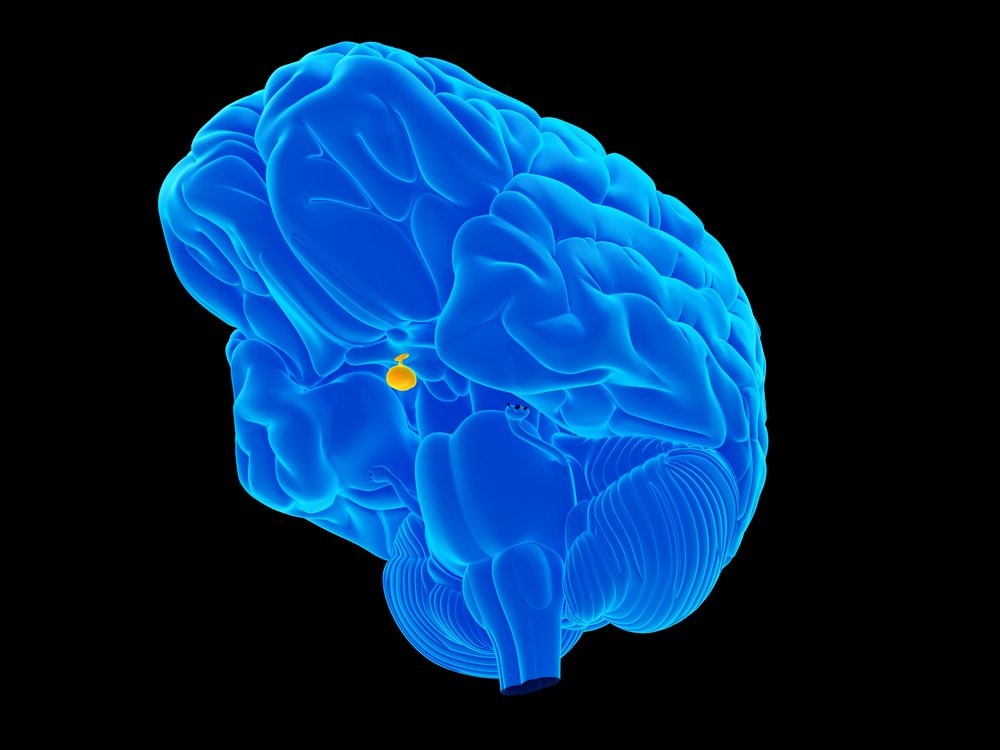HDAC Inhibition Improves Hypertension, Hyperglycemia in Rodent Study
Written by |

Histone deacetylase inhibition (HDACi) improves hypertension and hyperglycemia in a rat model of Cushing’s syndrome (CS) by reducing activity of the glucocorticoid receptor, a new study shows.
The study, “Histone Deacetylase Inhibition Ameliorates Hypertension and Hyperglycemia in a model of Cushing’s Syndrome,” was published in the American Journal of Physiology Endocrinology and Metabolism.
CS is characterized by a number of symptoms, one of which includes hypertension. Currently, therapies for CS include surgery, radiotherapy, and medical therapy, however, none of them achieve cure and require a long time to elicit a response. So, there is a need to develop strategies for treating hypertension in patients with CS.
Most patients with CS also are characterized by high levels of glucocorticoids, which puts patients at a much higher risk for developing hyperglycemia, or high blood glucose levels. Glucocorticoids act on a receptor called GR to impart their effect in glucose metabolism.
The level of GR activation in our bodies is correlated with the level of acetylation of GR. HDAC is an enzyme that removes acetyl groups from proteins. Certain proteins, such as GR, are deactivated when they are acetylated at certain specific sites. HDAC, by removing acetyl groups from those sites, actually leads to their activation.
Previous studies have shown that inhibiting HDAC helps alleviate hypertension in hypertensive animal models and has been shown to be a potential therapeutic for insulin resistance and diabetes mellitus. Therefore, Korean researchers hypothesized that HDACi could improve hypertension and hyperglycemia by reducing the activation of GR in CS patients.
Researchers first established a rat model of CS by inducing hypercortisolism, which is the pathology behind CS. Then they treated the animals with HDACi, which led to decreased blood pressure, subsequently ameliorating hypertension. Furthermore, HDACi decreased the fasting blood glucose levels, glucose intolerance, and expression of gluconeogenesis (the process that produces glucose from non-carbohydrate molecules) genes in the liver and kidney, thereby decreasing hyperglycemia.
Interestingly, researchers found that among the class I HDACs, only HDAC1 and HDAC3 interact with GR. Engineering the mice to lack the HDAC1 gene led to an increase in levels of acetylation of GR, which was associated with reduced activity of the receptor.
“This study demonstrates that HDAC inhibition ameliorates hypertension and hyperglycemia in a model of Cushing’s syndrome,” the authors concluded. “HDACi attenuates the … activity of GR via increasing its level of acetylation, which results in decreased expression of GR target genes including ion regulators and those involved in gluconeogenesis.”





